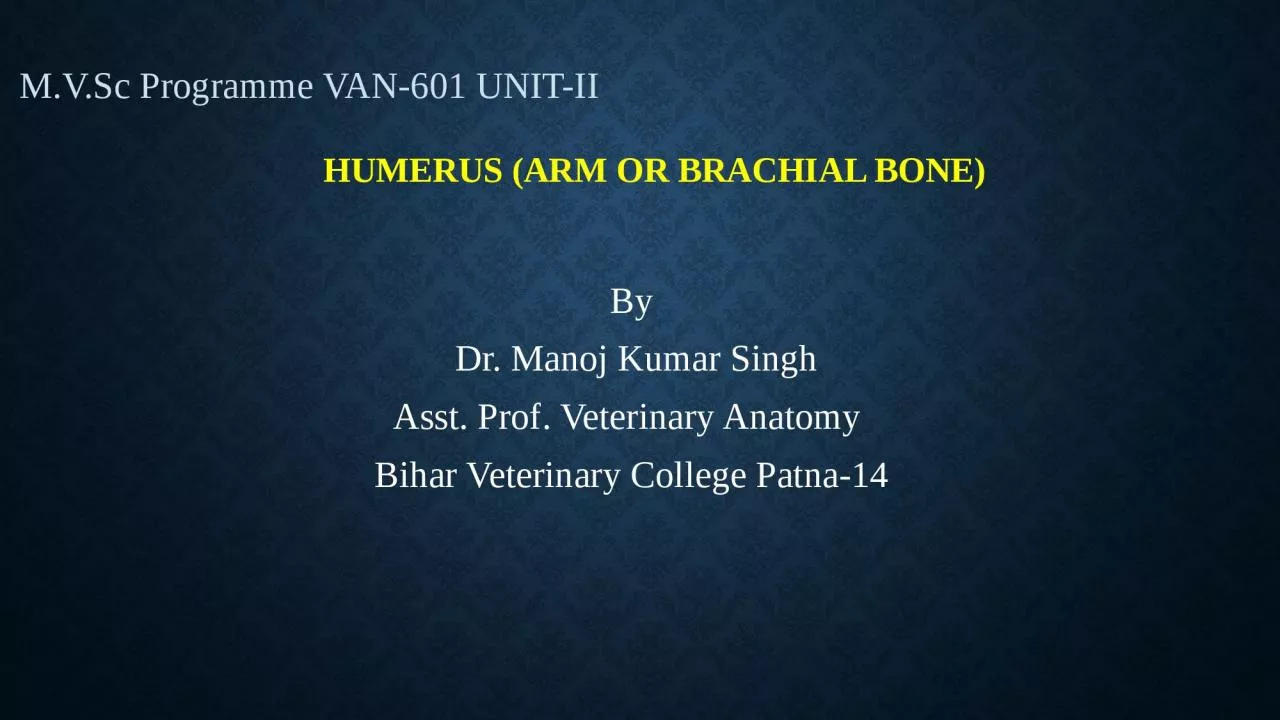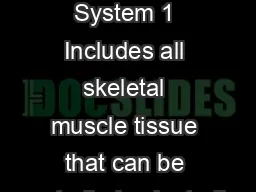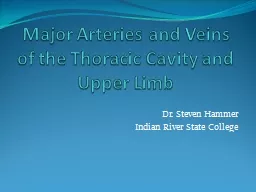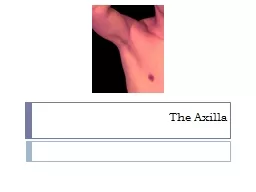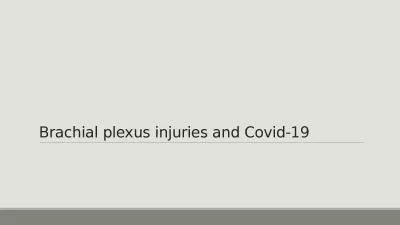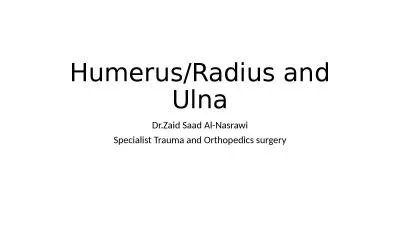PPT-Humerus (ARM or Brachial bone)
Author : delilah | Published Date : 2022-06-11
MVSc Programme VAN601 UNITII By Dr Manoj Kumar Singh Asst Prof Veterinary Anatomy Bihar Veterinary College Patna14 Q 1 Why humeru bone is called humerus Q
Presentation Embed Code
Download Presentation
Download Presentation The PPT/PDF document "Humerus (ARM or Brachial bone)" is the property of its rightful owner. Permission is granted to download and print the materials on this website for personal, non-commercial use only, and to display it on your personal computer provided you do not modify the materials and that you retain all copyright notices contained in the materials. By downloading content from our website, you accept the terms of this agreement.
Humerus (ARM or Brachial bone): Transcript
Download Rules Of Document
"Humerus (ARM or Brachial bone)"The content belongs to its owner. You may download and print it for personal use, without modification, and keep all copyright notices. By downloading, you agree to these terms.
Related Documents

